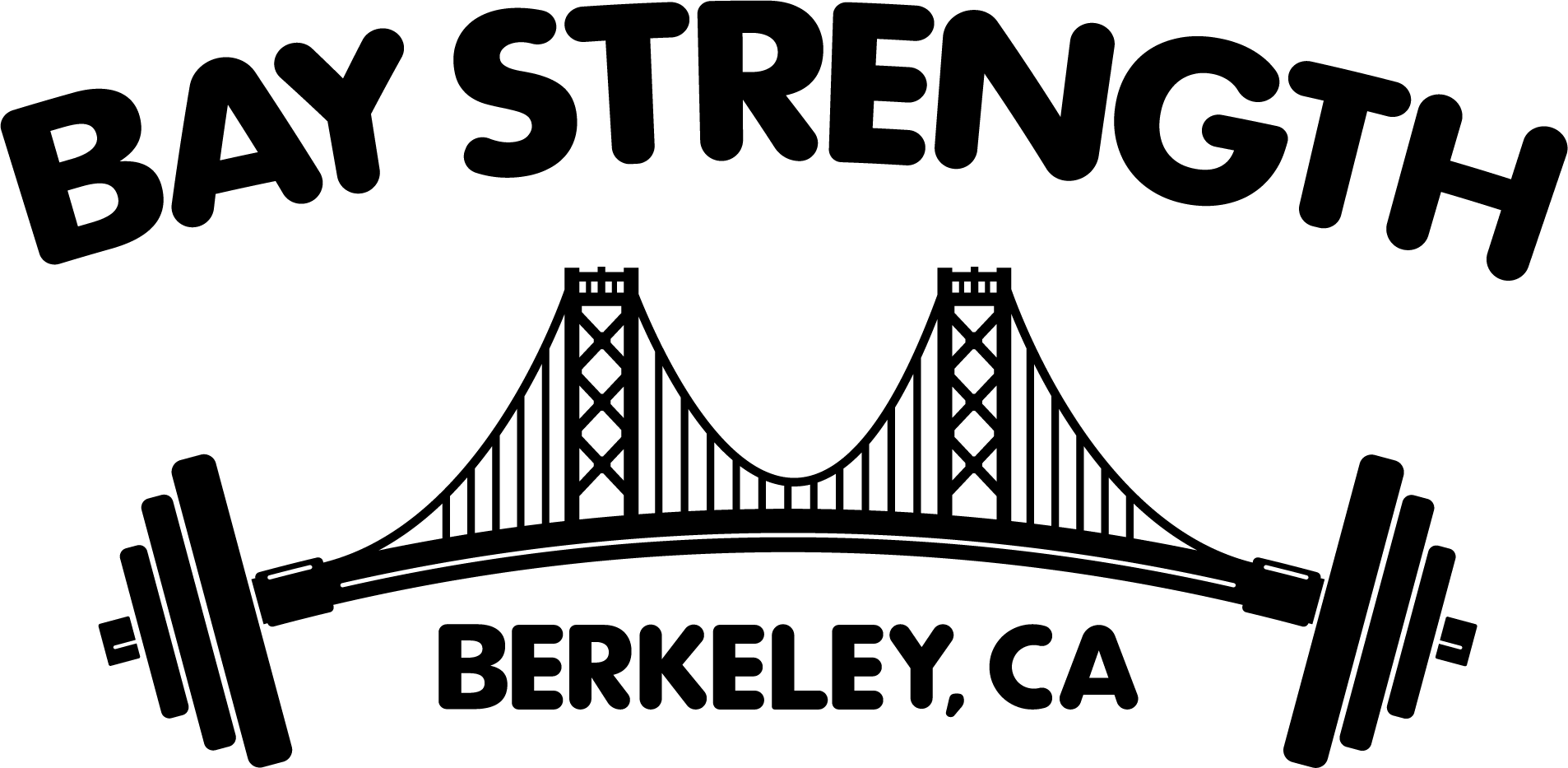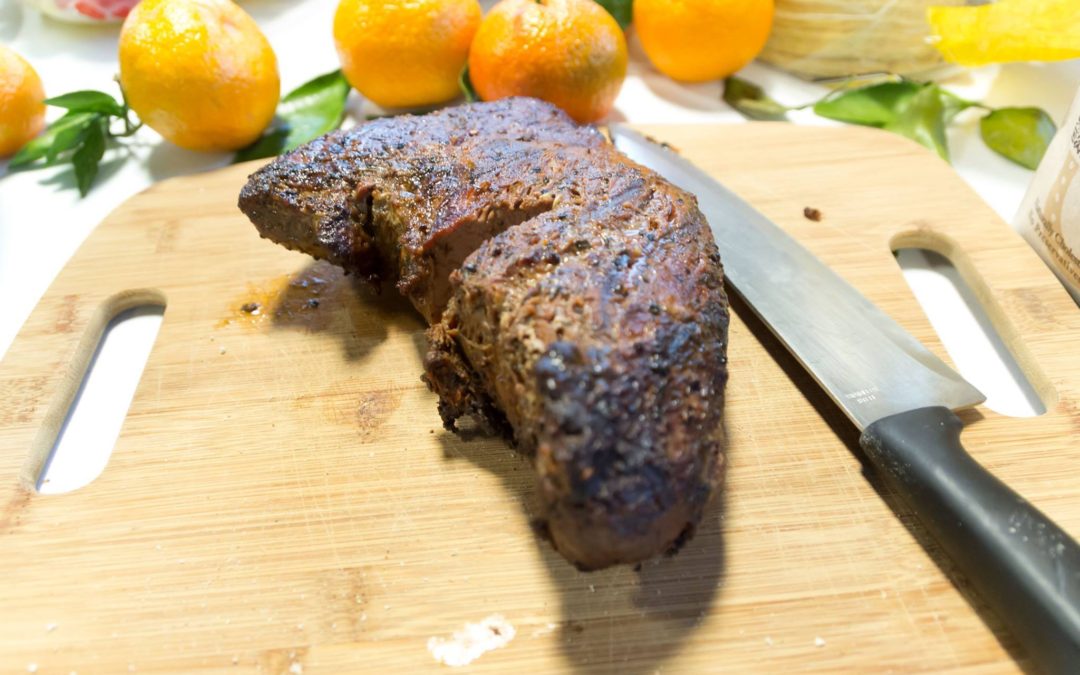
by Jeremy Tully | Apr 23, 2017 | Special Events |
On Saturday, May 13th, join us for a fun afternoon of lifting heavy weights and eating delicious food!
All Bay Strength and Game Changer Fitness athletes are invited to gather for some exercise, food, and good company. We ask everyone to bring a food item, potluck style. We will also have a grill and be cooking fresh meat and veggies.
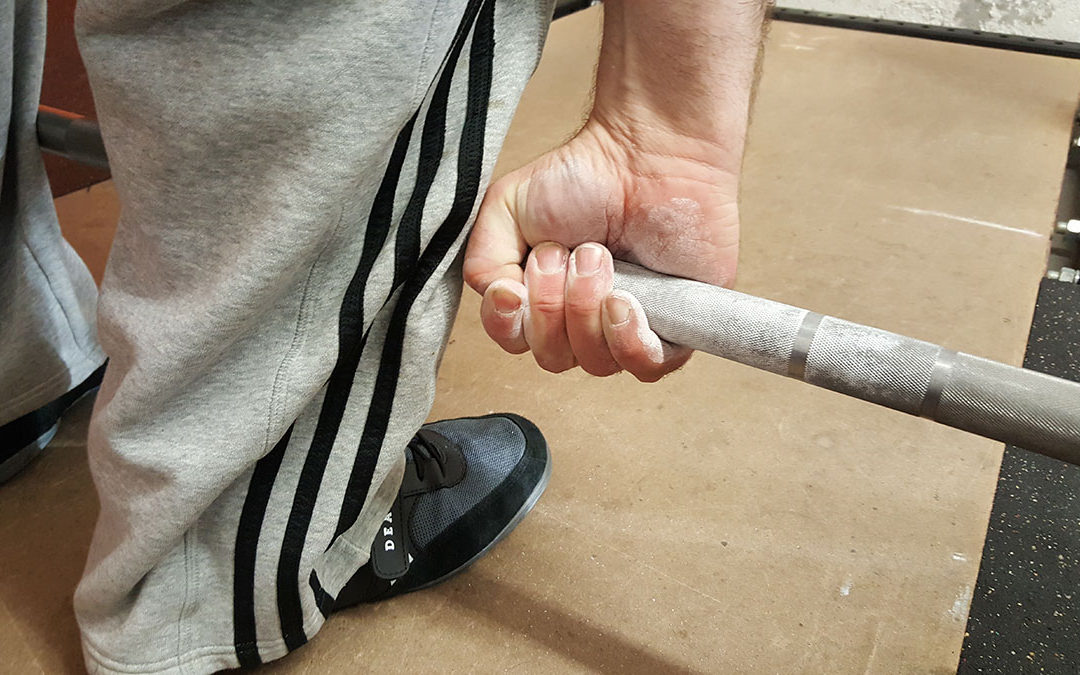
by Jeremy Tully | Mar 14, 2017 | Training |
Selection of grip is an important consideration for the deadlift. In the Starting Strength method, we start new lifters with a double overhand grip because it produces a symmetrical stress across the shoulders and because it builds grip strength.
But before long, every lifter reaches a point where the weight on the bar in the deadlift exceeds their ability to hold onto the bar with a double overhand grip. When this happens, they need to switch to either a mixed grip or a hook grip.
The hook grip is preferable, and this blog post explains how to transition to using it.
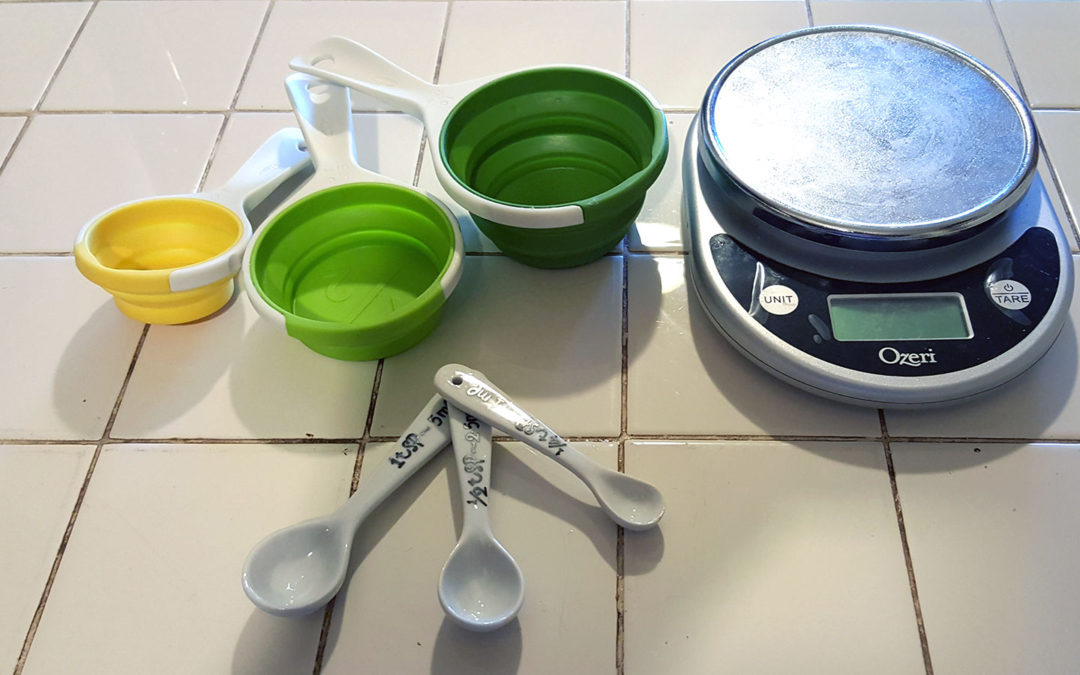
by Jeremy Tully | Jan 26, 2017 | Nutrition |
Nutrition is one of the most vexing challenges facing trainees who are new to barbell training.
People who take up lifting typically have some sense that they have to eat a lot of food to support their training, but often don’t have a frame of reference for what “a lot of food” actually is. It is common for new lifters to think they are eating enough while actually be consuming an inadequate amount of calories, protein, or both.
The most surefire way to tackle this problem is to measure and track your food intake. While this may at first seem like a lot of work, it is actually a simpler and less labor intensive process than many people may at first think. The purpose of this blog post is to give lifters a simple and straightforward way to approach the problem in order to get the most out of their training.

by Jeremy Tully | Sep 30, 2015 | Nutrition |
A quick and easy guide for lifters on how to optimally use BCAA’s to maximize muscle protein synthesis. Get the most out of your training sessions by following the BCAA guidelines in this post.
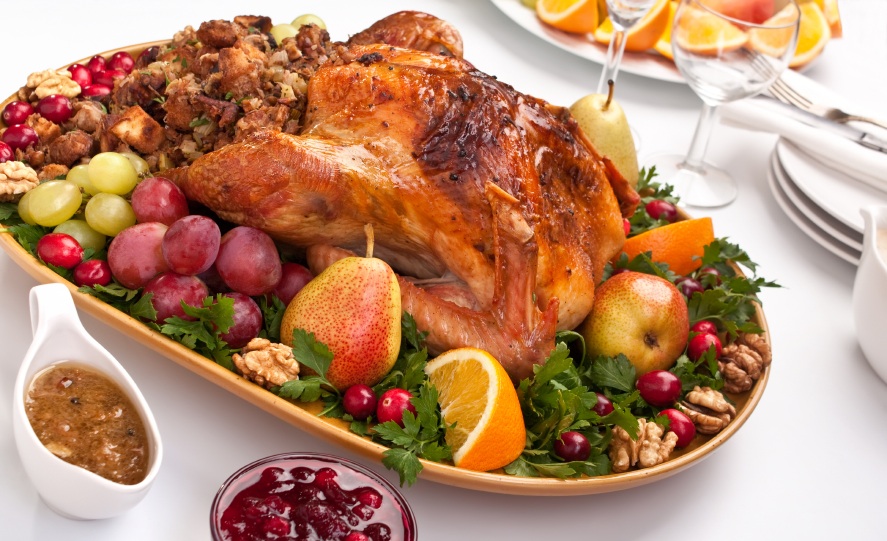
by Jeremy Tully | Sep 17, 2015 | Nutrition |
As a lifter, eating is a critical part of your training. Progressing as a lifter is all about the stress – recovery – adaptation cycle. And recovery is almost entirely dependent on two factors: eating and sleeping. Assuming sleep is not an issue, it may not be much of an exaggeration to say that eating is about half your training.
Some new lifters, especially those starting out underweight, may find eating enough to be even more challenging than the act of lifting, at least at the beginning. This blog post will attempt to lay out some strategies to help new lifters in this category to successfully meet their nutritional requirements so that they can continue to add weight to the bar and become stronger.

